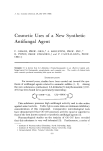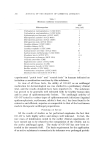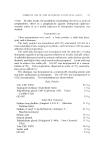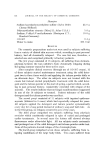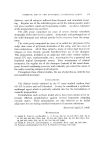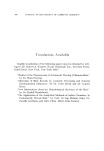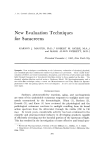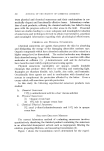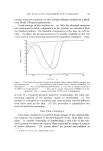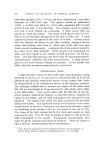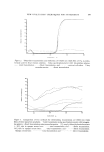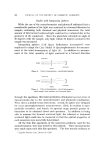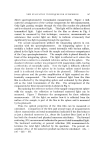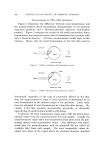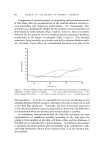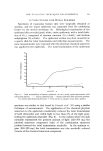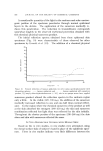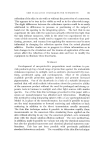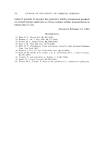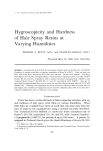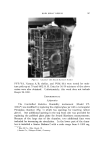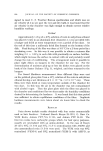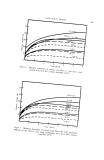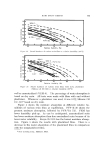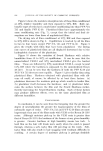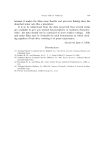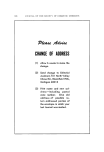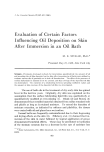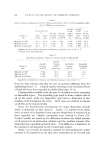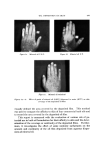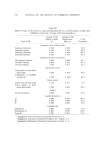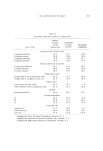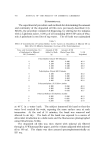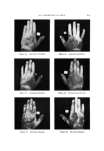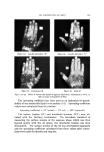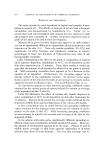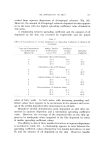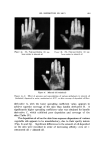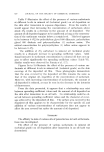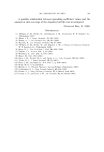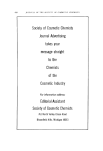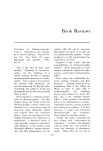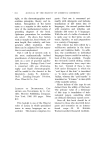Book Reviews DYNAMICS OF CHROMATOGRAPHY, PART I: PRINCIPLES AND THEORY, by J. Calvin Giddings. Marcel Dek- ker, Inc., New York. 323 pages, illustrated and indexed. Price: $11.50. This is the first of three parts entitled, "Dynamics of Chromatog- raphy," by Dr. Giddings. It is almost entirely devoted to relating chromatographic processes to mathe- matics. New concepts, for example, the random walk treatment, are covered extensively for the first time. Essentially, the author is laying the theoretical basis for the more practical Parts 2 and 3. Zone migration is called the comer- stone of chromatography. The first chapter brings the reader inside the chromatographic column where each molecule is in a stop-and-go game of leap frog, being alternately affixed and released from the stationary phase. Next, the importance of con- trolling migration rate differences is emphasized. A historical review of zone spreading concepts is presented with emphasis on the random walk. Molecular diffusion, sorption-desorp- tion and flow phenomenon are de- 623 scribed with the aid of schematic illustrations for those of us who are less mathematically capable. Major emphasis is on the mathematical in- terpretation, however. Chapters 3 and 4 deal with the nonequilibrium in chromatographic columns. Early paragraphs in each chapter adequately explain the phe- nomena, and lengthy interpretations follo•v. Next comes the relationship be- tween packing structure and flow dynamics. "Packing structure is so complicated that it has defied all efforts to come to grips with it mathematically." Dr. Giddings pretty much accepts his above dic- tum, and a very readable chapter follows. Flow pattern is discussed in terms of its relationship to porosity, interstitial channels, and the bending and coiling of a column. The flow processes of paper and thin-layer chromatography are compared. They depend on capillary action. Finally, the author concludes his first volume with "achievement of separation." As this is the ultimate goal, he wishes for a set of rules to cover the diversity of chromatog- raphy. These rules are not yet in
' 624 JOURNAL OF THE SOCIETY OF COSMETIC CHEMISTS sight, so the chromatographer must combine principles, theory, and in- tuition. Recognition of the latter came as a surprise to this reader in view of the mathematical nature of preceding chapters of the book. Optimum parameters for resolution are noted. He shows how' factors such as sample size, dead volume, col umn length, flow velocity, and tem- perature affect resolution. How these can be adjusted for fast separa- tion is next emphasized. Part I will be of interest only to the most mathematically inclined practitioners of chromatography. It ends on a note of practical applica- tion, however. Perhaps Parts 2 and 3, concerned with gas chromatog- raphy and liquid chromatography, will be useful to the chemist in the laboratory. JAMES W. JENKINS Ph.D. Leeming/Pacquin Division, Chas. Pfizer & Co., Inc. LEXICON OF DETERGENTS, COS- METICS AND TOILETRIES, by G. Car- ridre, Elsevier Publishing Company, New York. 1966. 203 pages. Price $1_o. This booklet is one of the Elsevier series of Lexica in which specialized terms in many languages are as- sembled. This lexicon comprises two parts: Part one is concerned pri- marily with detergents and includes translations of 257 terms into 19 languages the second portion deals with cosmetics and toiletries and includes 266 terms in 8 languages. With the aid of a table of contents it is quite easy to find terms on soil, water, lipsticks, or nail preparations in a variety of languages. This volume has been edited by a well-known authority in the deter- gents and toiletries fields. In addi- tion, the contributors to individual languages deserve credit for making a book of this type available. Despite the obviously careful editing, certain minor discrepancies have crept into the text. Typical of these is item #139 under detergents in which the "acid layer of the skin" is translated as "1o strato acido della pelle" into Italian, whereas the "acid mantle" is translated as "il tonico" in item •328 of the cosmetic section. Minor defects of this type do not detract from the utility of this book. The primary value of a dictionary of this type is translation of tech- nological jargon, something which an ordinary dictionary cannot cover. Over all, this book should be of interest to those who deal with deter- gents and cosmetics on an interna- tional scope.--M. M. RI•O•R, Warner-Lambert Research Institute.
Purchased for the exclusive use of nofirst nolast (unknown) From: SCC Media Library & Resource Center (library.scconline.org)


